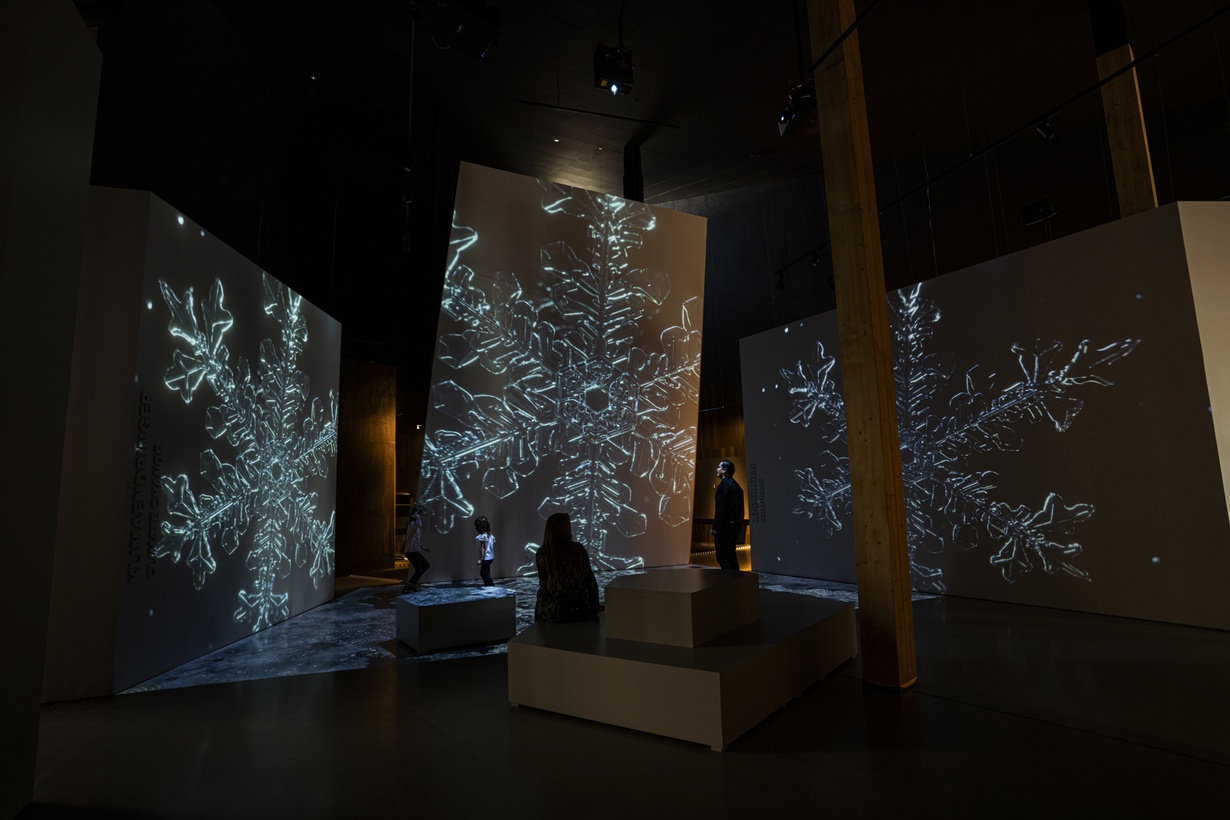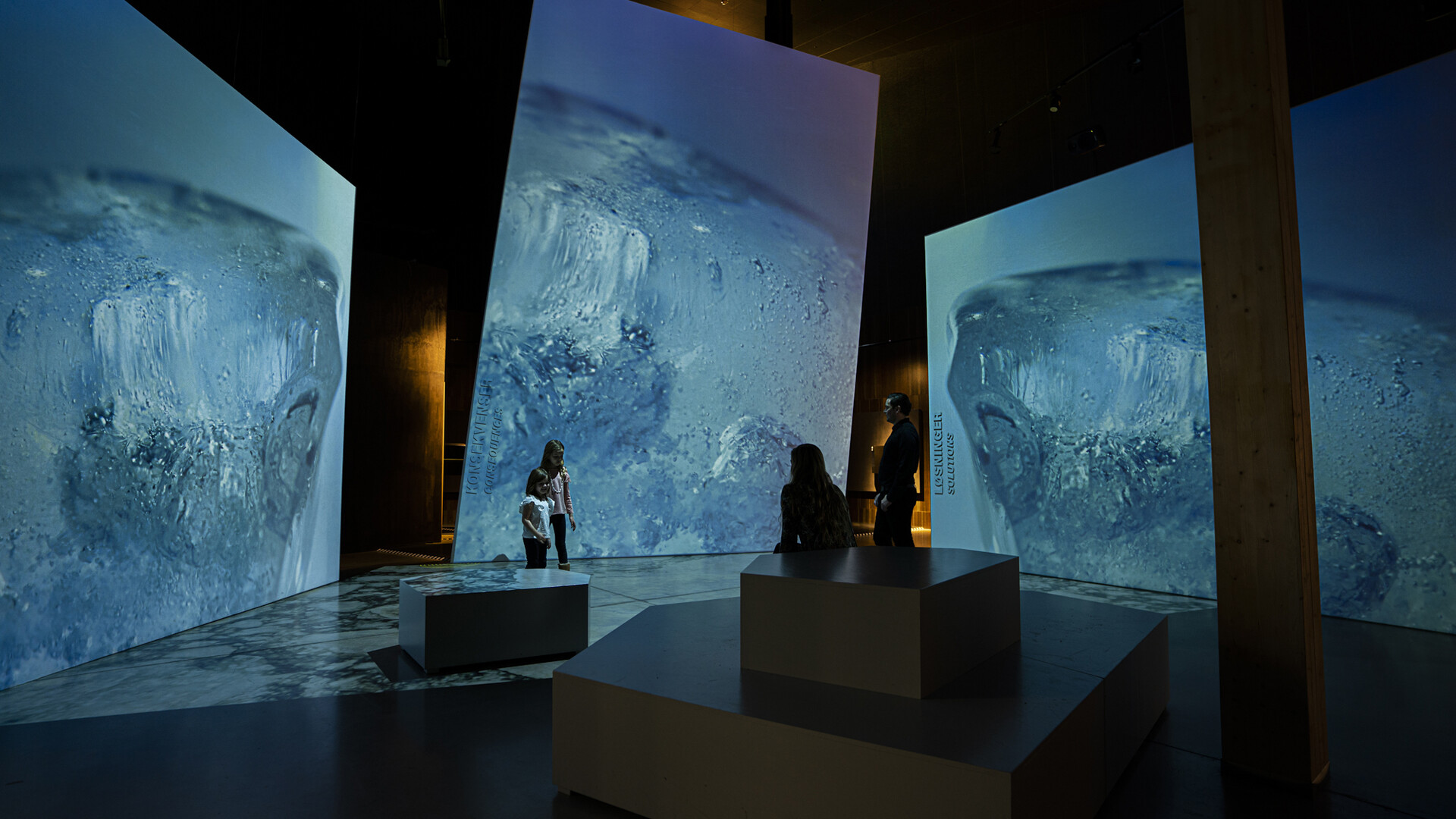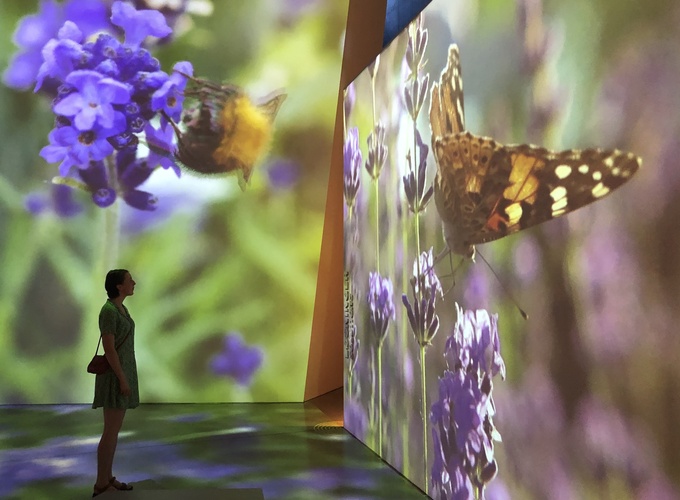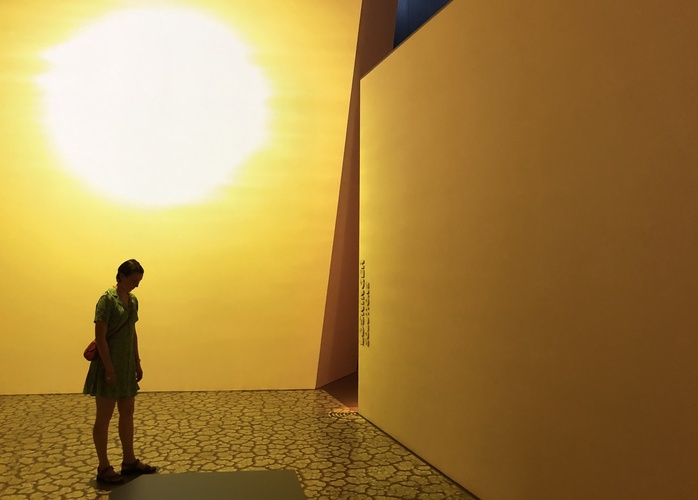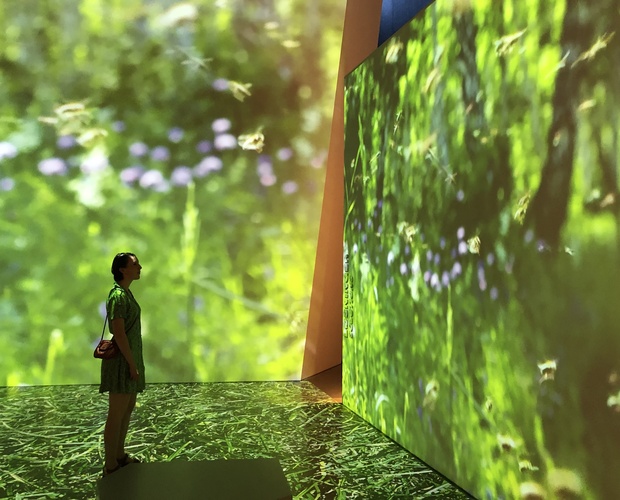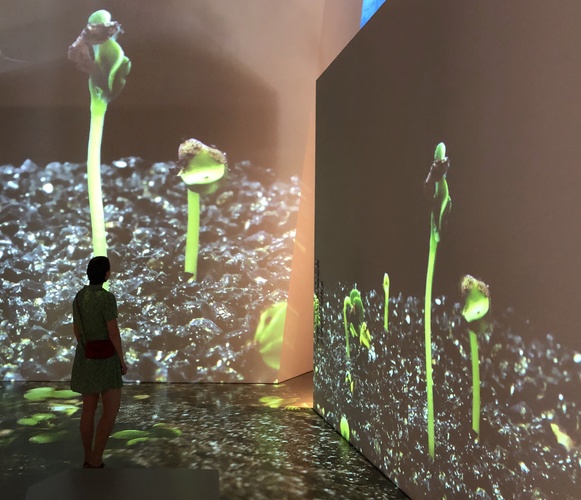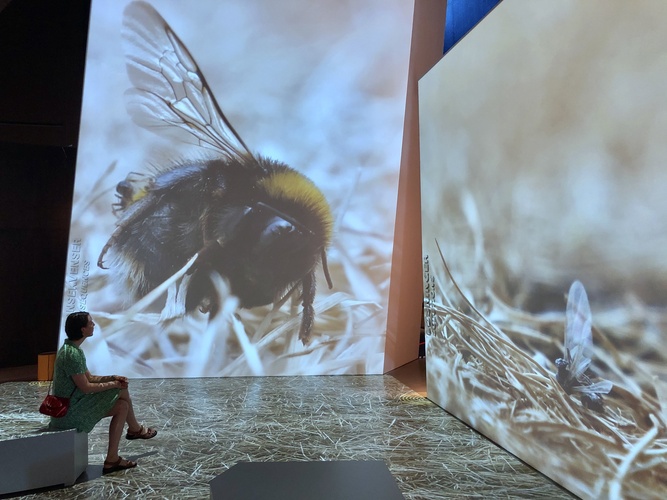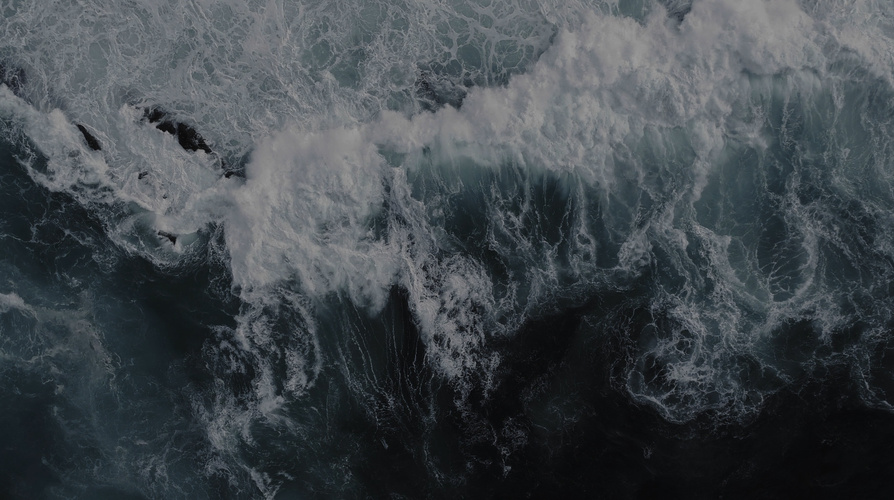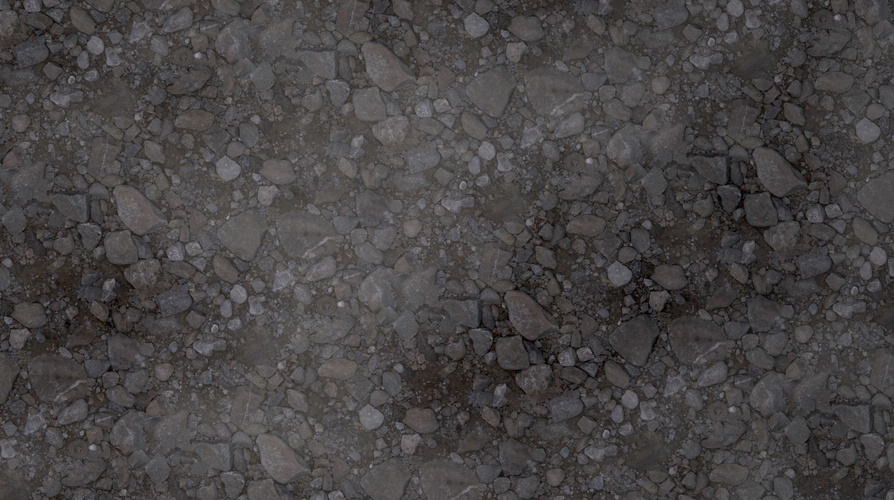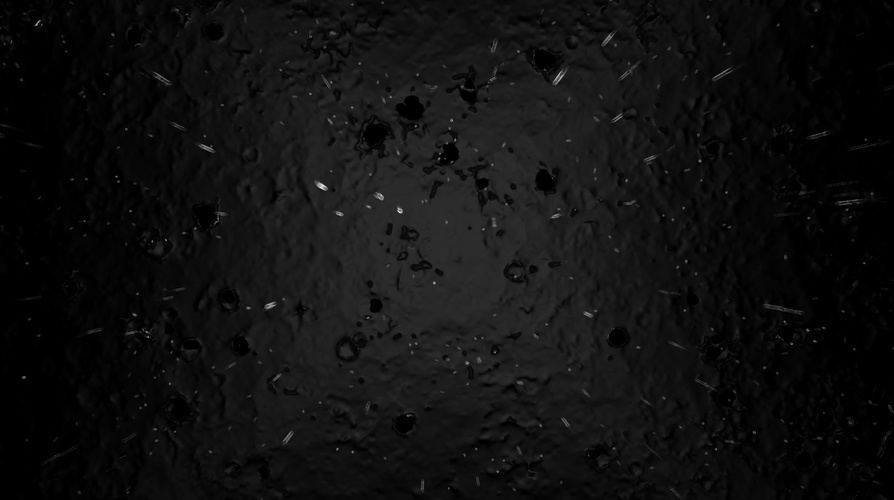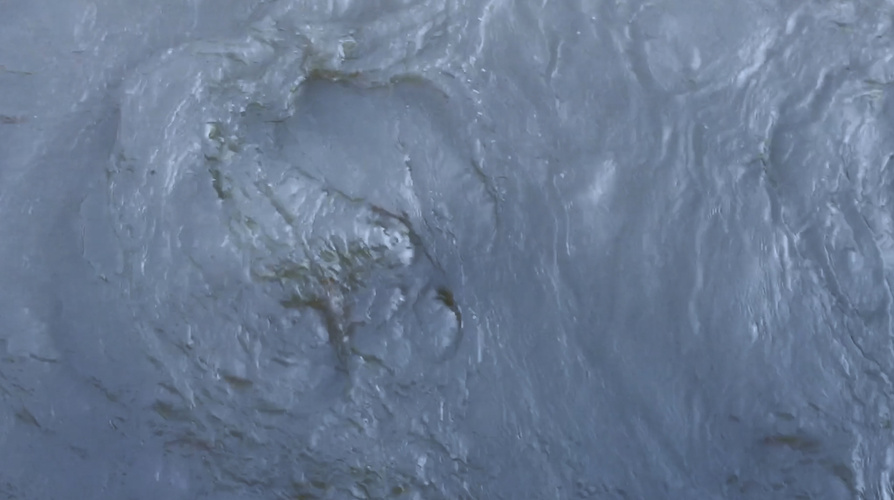Klimahuset
Oslo, Norway
A new museum for climate change is being established in Norway under the umbrella of Oslo University Natural History Museum: The Climate House. A cross-disciplinary team made up of scientists, science communicators, architects, exhibition designers, and interactive exhibit designers were given this task. Our challenge was to create enthusiasm for the climate challenge amongst the youths of Norway. This museum should be the center for scientific proof of climate change, a space engendering debate on the best ways to combat climate change and be a catalyst for change.
The exhibition which is close to 300 sqm in size was designed by SixSides. CICERO, Center for International Climate Research, was responsible for the scientific part of the climate change expertise.
In between the panoramic immersive films the room changes character into a more ambient projection that at the same time signals the same predicament of climate change but here focuses on the human role in it. When visitors step (too) close to the installation it gives them a disturbing reaction, in the way that the environmental systems do when interfered with by human action. Here visitors can get an insight into these effects on an experiential level and see how our anthropocentrism disturbed the flocking of birds, changes in ocean currents, and turned geology into the atmosphere by burning hydrocarbons.
Video: Natural History Museum in Oslo.
Photos: Marianne Gjørv
Video: Oslo University Natural History Museum (www.nhm.uio.no)
Screenshots from the floor projection.
